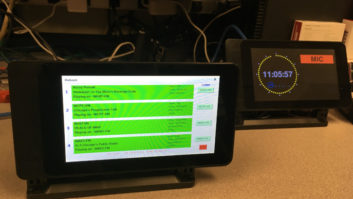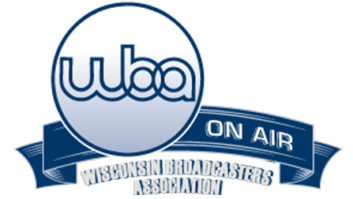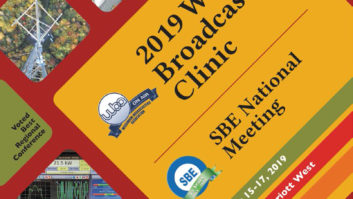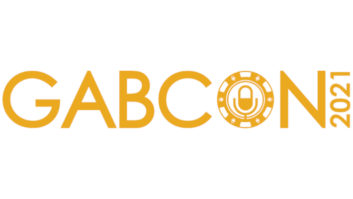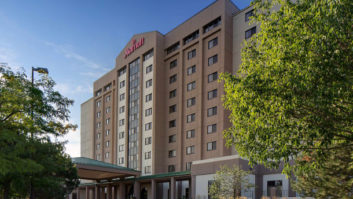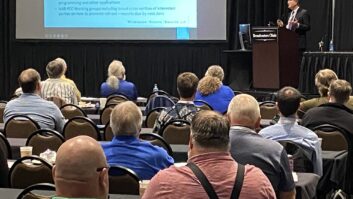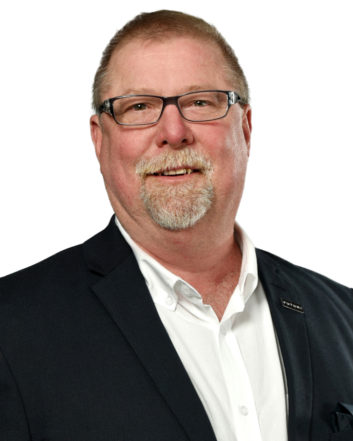 The Wisconsin Broadcasters Clinic, Oct. 15–17, is a highly anticipated annual event for radio broadcasters. Like a miniature NAB Show it offers a wealth of information from a show floor along with useful sessions. Radio World is previewing several of those upcoming sessions.
The Wisconsin Broadcasters Clinic, Oct. 15–17, is a highly anticipated annual event for radio broadcasters. Like a miniature NAB Show it offers a wealth of information from a show floor along with useful sessions. Radio World is previewing several of those upcoming sessions.
Craig Bowman is senior vice president, Broadcast Technology, for Futuri Media. He’s going to preach the podcasting gospel that will help broadcasters maximize brand ID and revenue opportunities, in “Maximizing Your Content ROI With Podcasting,” Oct. 15, 1 p.m.
Radio World: Is it safe to say that “Podcasting” is the word of 2019 for radio broadcasters?
Craig Bowman: It’s definitely the word of 2019, but that’s not to say that it’s a fad. Podcasting has become a term so generic that it’s become synonymous with any spoken word, on-demand audio content. In fact, a huge study Futuri did with the University of Florida College of Journalism and Communications found that 70% of people who say they listen to podcasts do so on YouTube, which doesn’t support what traditionalists refer to as podcasts.
RW: At first glance podcasting might seem to be a rival or threat to radio broadcasters. Is it?
Bowman: Podcasts are only a threat to radio broadcasters who don’t get in the game. Radio broadcasters know great audio, so it makes perfect sense for broadcasters to embrace podcasting. Podcasts are a great opportunity for radio to time-shift their content so that listeners can interact with it on their terms, as-well-as a vehicle to allow their talent to be more personal with the audience. Podcasts allow your talent to share their hobbies, likes, dislikes, etc. and better connect with your existing audience without sticking to your on-air clock. Discovery of this content then leads to more listeners to the daily broadcast. Creating a personal connection for your brand and personalities with your listeners is key to your success.
RW: How can a broadcaster/station owner take advantage of podcasting for their own benefit?
Bowman: Using podcasts to distribute longer-form, brand-appropriate content than you may be comfortable airing on your station. You could, as an example, podcast an entire city council meeting using chapter markers to allow listeners to skip to the subject of interest. Podcast full-length interviews with artists, programs about local interests, etc. To flash back to “the day” you could publish a podcast to your smart device every morning with school lunches, is there an assembly at school, and every parent’s nightmare, “Today is Picture Day.” Podcasting creates an outlet for all of the radio elements which have come to be known as clutter.
RW: Can podcasts be profitable for the broadcaster?
Bowman: Yes. Preroll, dynamic midroll, live reads, etc. It’s important to keep in mind that the revenue in this space may not match what you get for your terrestrial efforts today, but it will certainly grow and is worth your attention. And branded content, when done well, can be huge. Go to that auto dealership with one of your younger personalities and pitch a series on buying your first car — what to look for, how to get financing, how to maintain it after purchase, etc. The personal connection between a podcaster and a listener makes this a prime (and by that I mean rate) opportunity for live endorsements!
RW: Is there more to podcasting than the obvious/what is the on-demand ecosystem?
Bowman: There is, unquestionably, a market for on-demand audio — not just original podcast content that you don’t broadcast on-air, but by making great broadcast available in an on-demand, time-shifted fashion so listeners can access it even if they weren’t able to catch it live, or if they want to hear it again. Radio is entering the same renaissance that television did a long time ago when the DVR started to get market penetration. People wanted their TV content available to watch when they were ready to watch it, not when TV stations insisted on playing it. Repurposing audio not only gives your audience a choice when they consume your content but with PPM encoded audio a station can receive credit to the original broadcast if listened to within 24 hours! As mentioned before, pushing your content to as many locations as possible increases the discoverability of your brand beyond the scan button or the billboard.
[Subscribe to our newsletter and get it delivered right to your inbox.]





